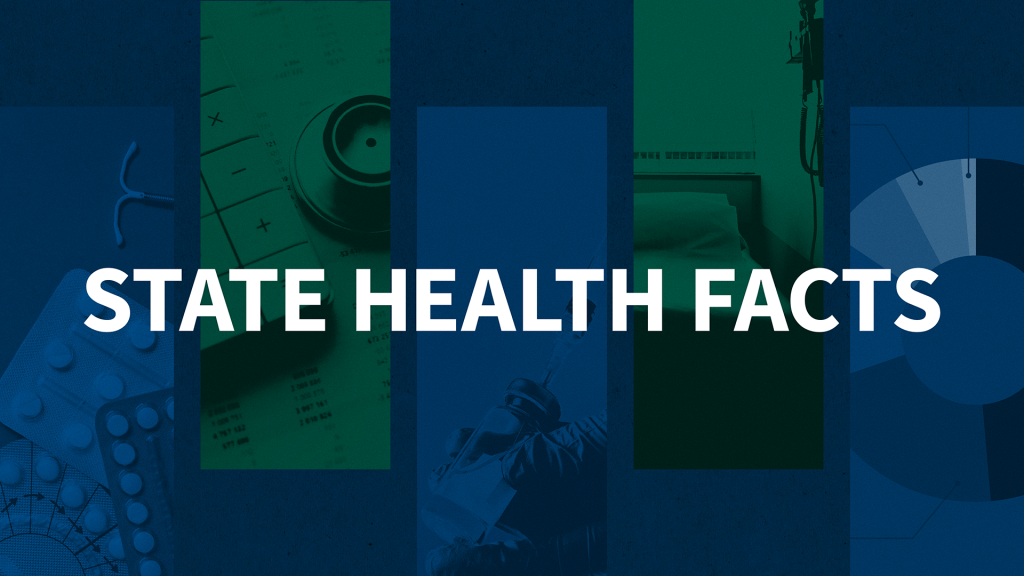Web Briefing: Early Impacts of the Medicaid Expansion for the Homeless Population
The Affordable Care Act’s Medicaid expansion provides a significant opportunity to increase health coverage and improve access to care for individuals experiencing homelessness, who historically have had high uninsured rates and often have multiple, complex physical and mental health needs.
